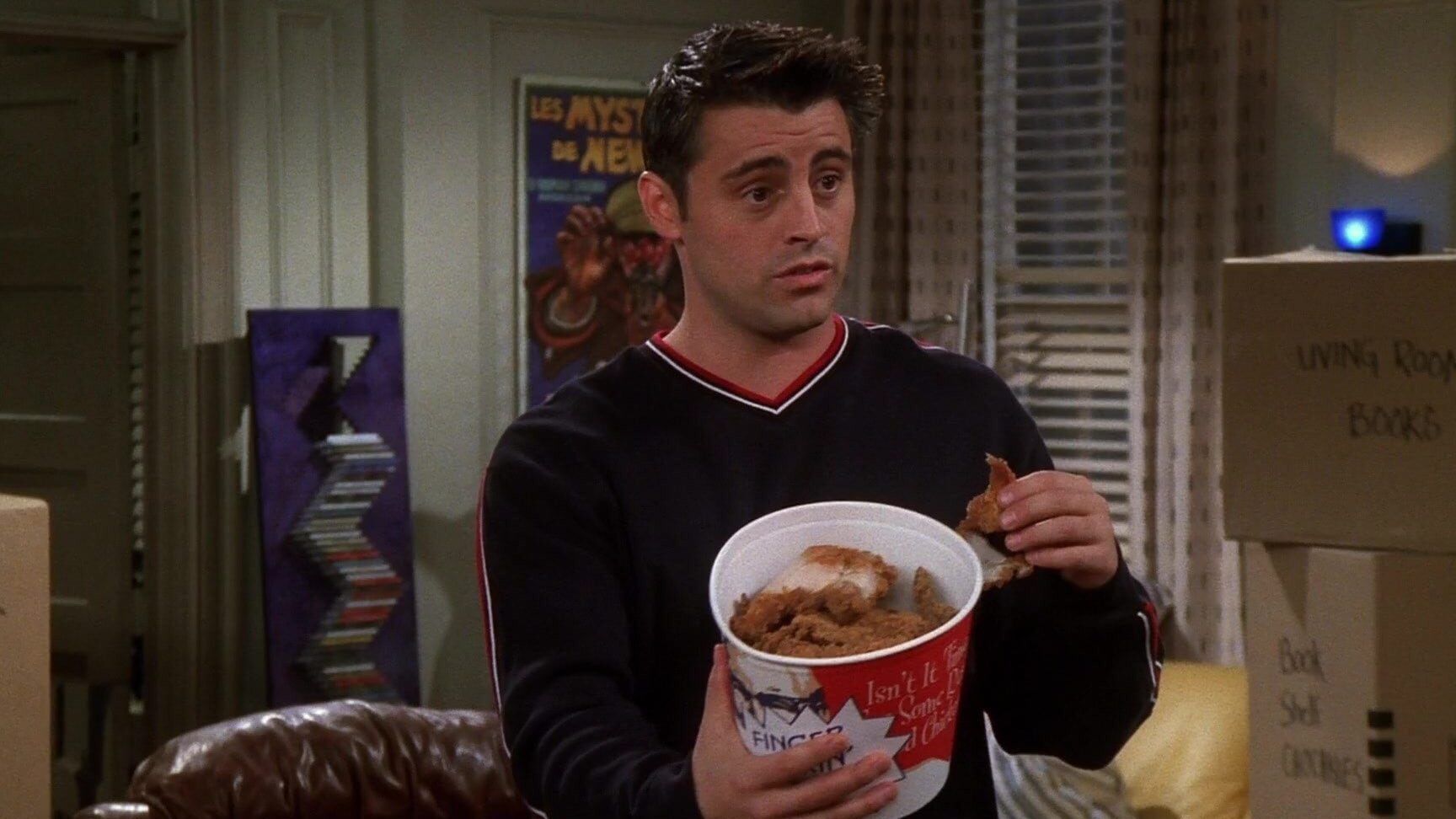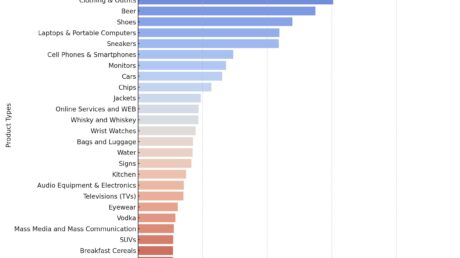Product placement is a marketing technique companies utilize by pairing up with other brands and production companies. By discreetly featuring their products in movies, TV shows, retail stores, and more, they aim for an inconspicuous form of advertising. Learn more about product placement and why companies use it.
What Is Product Placement?
Product placement is the placement of branded products in other companies’ content, stores, and the like. The practice manifests in many different ways. For instance, a specific brand enlists a TV show to feature their products exclusively in the background of the action (e.g., every character drives a car from the same company).
Whether or not product placement works often depends on both the budget spend and subtlety of the campaign. Companies must reach a wide enough audience through the placement without it feeling like an obvious marketing campaign. This form of advertising relies on its ability to be covert—as soon as it becomes obvious, it loses its effectiveness.
3 Common Scenarios for Product Placement
Various companies of all types seek out product placement partnerships with each other. Here are just three of the most likely scenarios in which you might see the practice in action:
- Movies and television shows: If you’ve ever seen the main character from a Hollywood blockbuster or television soap opera use a recognizable brand or product in the film or show you’re watching, odds are you witnessed an instance of product placement. Brands constantly seek out opportunities to display their products in popular entertainment. If viewers like and identify with these characters, businesses hope they will use consumers will use the same products thoe functional characters use in their real life.
- Retailers: It’s possible you’ve walked through a department store to see a specific brand in a display out on the floor. In many cases, this is due to the fact companies have especially sought out the opportunity to have their new products feature prominently in stores. The goal is to influence customers to focus on these products more specifically than others throughout the retail location.
- Video games: Since video games are an incredibly popular medium, it’s no surprise product placement in this form of digital entertainment is on the rise. It also can prove much cheaper than advertising in the real world. For example, suppose the storyline for a new game takes place in New York City. Companies can buy virtual billboard or subway ad space—or merely request the game’s characters use their products in game—for a fraction of the cost it would take to do so in the actual city.
Reasons Companies Use Product Placement
Product placement can help companies advertise more covertly than they would be able to in many other arenas. Consider these reasons a company might deploy a product placement strategy:
- Affiliation with other brands: Product placement opportunities allow for brand names to become synonymous with popular entertainment and other brands. For instance, if you know many people in your target audience all watch the same sitcom, it can pay off to have the characters in the show use your company’s products often.
- Increased attention: With the advent of home recording equipment, streaming, and other digital technologies, skipping ads became extremely easy. As a result, increasing brand awareness through the actual content of entertainment—when potential customers are actually paying attention—makes far more sense.
- Potential subtlety: This marketing strategy operates on a subliminal level when you utilize it correctly. For example, by merely featuring a specific product for a certain amount of screen time, you might more subtly influence a person’s positive opinion of your company than if you reached out through traditional advertising or traditional marketing.
3 Types of Product Placement
Product placement sponsorships crop up in various ways. Here are three types of product placement you’re likely to see:
- Basic brand placement: In the most traditional sense, paid product placement occurs when a company inserts one of its products into another company’s goods (e.g., a movie or television show) or locations (e.g., a retail store). This sort of placement might take up a mere fraction of the time or space in the footage or area you place it in, but it can still require a lot of prior planning and budgeting to figure out the best way to do so subtly and effectively.
- Brand integration: Since so many companies provide different products now, it’s common to see product integration across multiple platforms. For example, suppose a record company also manufactures its own headphones. It’s possible they might request these headphones to feature some of their own music videos as a free tie-in form of additional advertising.
- Self-parody: Certain demographics are quite adept at noticing examples of product placement. In this case, the whole point of the strategy—its subtlety and covertness—might come unglued. Some companies will opt to self-parody their product placement as a result, utilizing this sort of ironic self-awareness to make their products more appealing to the target audience.
Originally published on Masterclass




